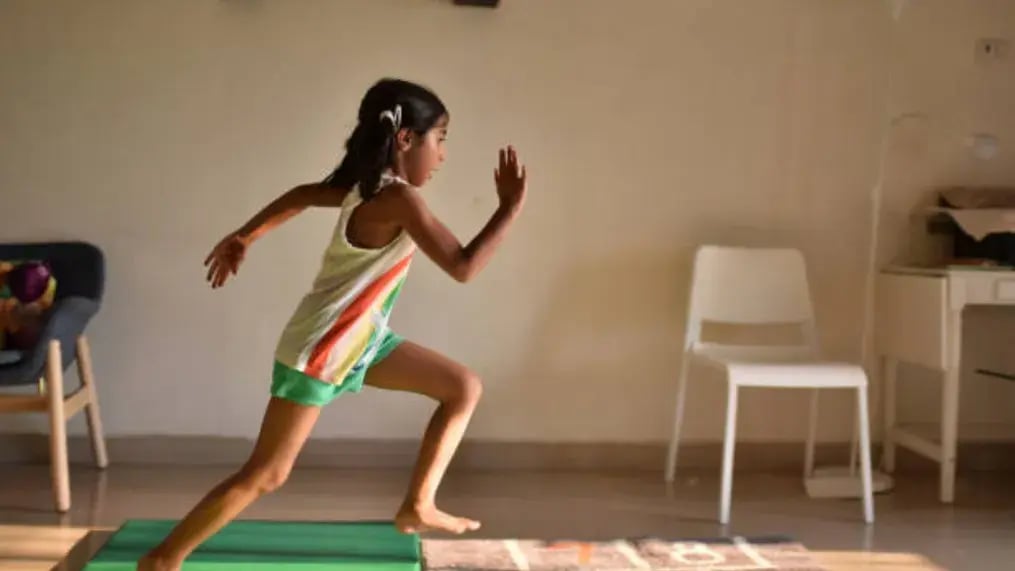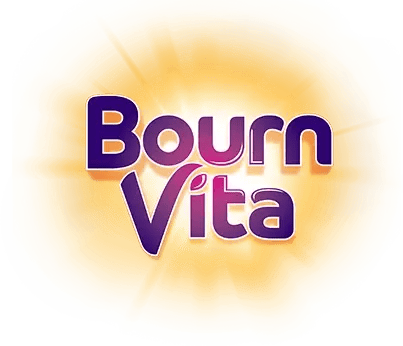- Neck Rolls
- Shoulder Shrugs and Rolls
- Cat-Cow Stretch
- Standing Toe Touches
- Jumping Jacks
- Wall Push-Ups
- Deep Breathing with Arm Raises
Introduction
Starting the day with movement does more than just wake up the body; it quietly sets the tone for mood, focus and energy for the rest of the day. It can be a few stretches on the mat, a quick round of jumping jacks or just a walk around the garden; that early burst of activity triggers a chain reaction. Muscles warm up, the heart starts pumping and the brain starts to tune in. It helps kids shake off sleepiness and get into a rhythm that supports learning, alertness and a better attitude.

Morning exercise is especially important for school-going children and teens who are expected to sit, think and manage social or academic challenges for hours. A short movement session early in the day can improve blood flow, boost oxygen to the brain and balance hormones that regulate mood and stress. It doesn’t have to be intense or time-consuming, even 10 minutes of focused activity can make a difference.
Think of it as a way to prep the body and mind for the day ahead. Done consistently it can build a habit that not only improves physical fitness but also emotional resilience and concentration.
7 Good Morning Exercises That Set a Positive Tone for the Whole Day

Starting the day with gentle movement can do wonders for a growing body and mind. Just 5 to 10 minutes of exercise in the morning helps them feel more awake, focused, and emotionally balanced. The key is to pick simple exercises that are fun and easy to follow. From stretches to bodyweight holds, these activities help loosen the muscles after sleep, get the heart rate up, and sharpen mental focus. Here are 7 morning exercises that are easy, effective, and full of benefits.
Neck Rolls
After a night’s sleep, the neck and shoulder areas often feel stiff. According to a study published in, Clin Cosmet Investig Dent. 2016, gentle neck rolls help release tension, improve blood flow to the brain, and ease kids into movement without overwhelming them. Ask your child to roll their neck in slow circles, first clockwise, then anti-clockwise, about 5 times each way. It helps them stay relaxed and alert in class and reduces strain from looking at screens later in the day.
Shoulder Shrugs and Rolls
As per a study published in, J Phys Ther Sci. 2015, shoulder movements wake up the upper body and improve posture. They’re especially helpful if your child carries a heavy school bag or spends time hunched over notebooks. Do slow shoulder rolls backward and forward, then follow with a few deep shrugs. This boosts circulation and sets a calm, steady tone to begin the day.
Cat-Cow Stretch
A study published in, Int J Yoga. 2017, shows that this yoga-inspired move gently activates the spine and abdominal muscles. Get your child into a tabletop position (on hands and knees), and have them alternate between arching the back upward (cat) and dropping the belly down (cow). It improves flexibility and supports digestion, making it especially helpful if your child tends to skip breakfast or eat in a rush.
Standing Toe Touches
As per a study published in J Bodyw Mov Ther. 2020, this simple stretch helps lengthen the hamstrings and lower back muscles. It also improves blood flow to the head, which can refresh the mind after sleep. Have your child stand with feet shoulder-width apart and slowly reach down to touch their toes. Let them hold the stretch for 5–10 seconds and come up slowly to avoid dizziness.
Jumping Jacks
Research conducted by Front Physiol. 2022, suggest that jumping jacks are a classic for a reason: they raise the heart rate, boost blood flow, and improve coordination. Even a 1-minute round can help shake off morning sleepiness. It’s a great way to add energy and rhythm to the morning, especially if your child needs motivation to get moving.
Wall Push-Ups
Perfect for younger kids or beginners, wall push-ups help tone the arms and chest without pressure on joints. Have your child stand facing a wall, place their hands shoulder-width apart, and push in and out slowly. According to a study published in J Sports Sci Med. 2014, it builds muscle control and confidence, and it only takes a minute or two to finish a few reps.
Deep Breathing with Arm Raises
Wrap up the morning session with slow, deep breathing combined with stretching. Ask your child to inhale while raising both arms above the head and exhale while lowering them slowly. Research conducted by Brain Sci. 2023, shows that this brings focus, slows down the heart rate after movement, and centers their mood before the school day begins.
Conclusion

Morning exercise is about doing just enough to feel good. These simple moves offer a quiet boost to the day ahead. They support posture, mood, focus, and energy in ways that grow over time. By making these a regular part of your child’s morning, you’re helping them build a routine that carries into healthier, more balanced habits. All it takes is a few minutes and a little encouragement to set a strong tone for the rest of the day.
Her love for storytelling began with reading her grandfather’s speeches, where Tarishi saw the power of words in creating lasting memories. Combining her passions for food and writing, she has turned her life into a fulfilling path of sharing stories that celebrate flavours and how food brings communities together.
The views expressed are that of the expert alone.
The information provided in this content is for informational purposes only and should not be considered a substitute for professional medical advice, diagnosis, or treatment. Always seek the advice of your physician or another qualified healthcare provider before making any significant changes to your diet, exercise, or medication routines.
References
https://pmc.ncbi.nlm.nih.gov/articles/PMC10741869/
https://pmc.ncbi.nlm.nih.gov/articles/PMC4126284/
https://pmc.ncbi.nlm.nih.gov/articles/PMC9441899/
https://pubmed.ncbi.nlm.nih.gov/33218561/
https://pmc.ncbi.nlm.nih.gov/articles/PMC5433114/
















